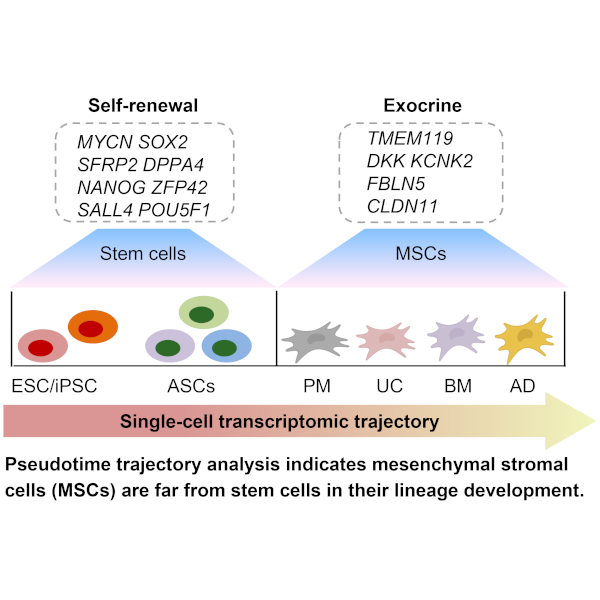Back

The debate over how to define MSCs, mesenchymal stromal cells versus mesenchymal stem cells, has lasted for more than two decades (since 2006). This debate has been a major obstacle for MSCs research and clinical application. The core issue focuses on mesenchymal stem cells require strict safety testing (e.g. tumor formation) before they can be approved for clinical application. Yet, preclinical studies have consistently demonstrated that mesenchymal stromal cells prepared under current protocols exhibit no such risks. This has led to increasing support for defining these cells as mesenchymal stromal cells rather than stem cells. Nonetheless, formal regulatory acknowledgment has remained elusive—until now.
A recent publication in HELIYON provides compelling evidence that may conclusively resolve thisdebate. The work presented by Regenerative Medicine Research Center at West China Hospital and Tasly Stem cell Biology Laboratory, “Unveiling Distinctions Between Mesenchymal Stromal Cells and Stem Cells by Single-Cell Transcriptomic Analysis” clears the confusion in the development of MSC therapy both fundamentally and practically.
Using advanced single-cell RNA sequencing (scRNA-seq) and pseudotime trajectory analysis, the research group identified that stem cells exhibit robust self-renewal and differentiation capabilities while mesenchymal stromal cells (MSCs) lack the expression of these critical stemness genes. These genes include SOX2, NANOG, POU5F1, SFRP2, DPPA4, SALL4, ZFP42 and MYCN. On the other hand, there are five critical stromal cell functional genes, TMEM119, FBLN5, KCNK2, CLDN11 and DKK1, that are only expressed in the mesenchymal stromal cells, not in stem cells.
The study identified that currently widely used MSCs from different tissues are mesenchymal stromal cells. But, these cells (MSCs) have been long misused as stem cells in many cases. Although the safety issue becomes ignored due to the nature of MSCs, the therapeutic efficacy of these cells has been a big drawback due to the confusion of their mechanism of·action. The mechanism of action of stem cells is mediated by their capacity of differentiation to replace the damaged functional cells, but that of stromal cells is medicated by homing and excrete function leading to microenvironmental rejuvenation. Of course, these two different types of cells must be used differently for their differential function in the host.
Thus, this new transcriptomic insight not only resolves the definitional ambiguity surrounding MSCs but also provides a critical foundation for redirecting clinical and translational efforts—focusing on stromal cell-based therapies with clearly defined mechanisms and realistic therapeutic endpoints.





